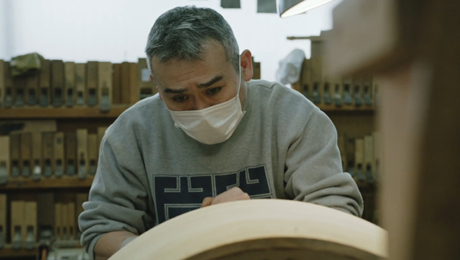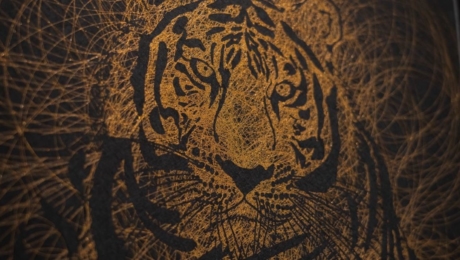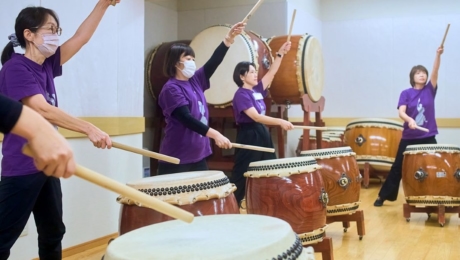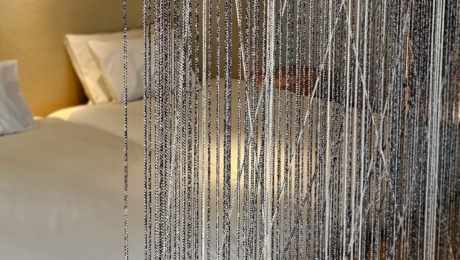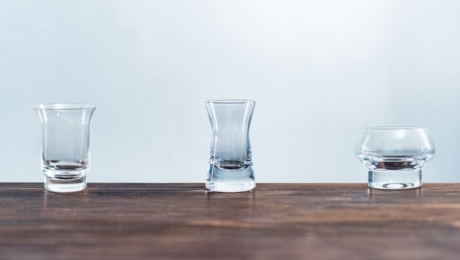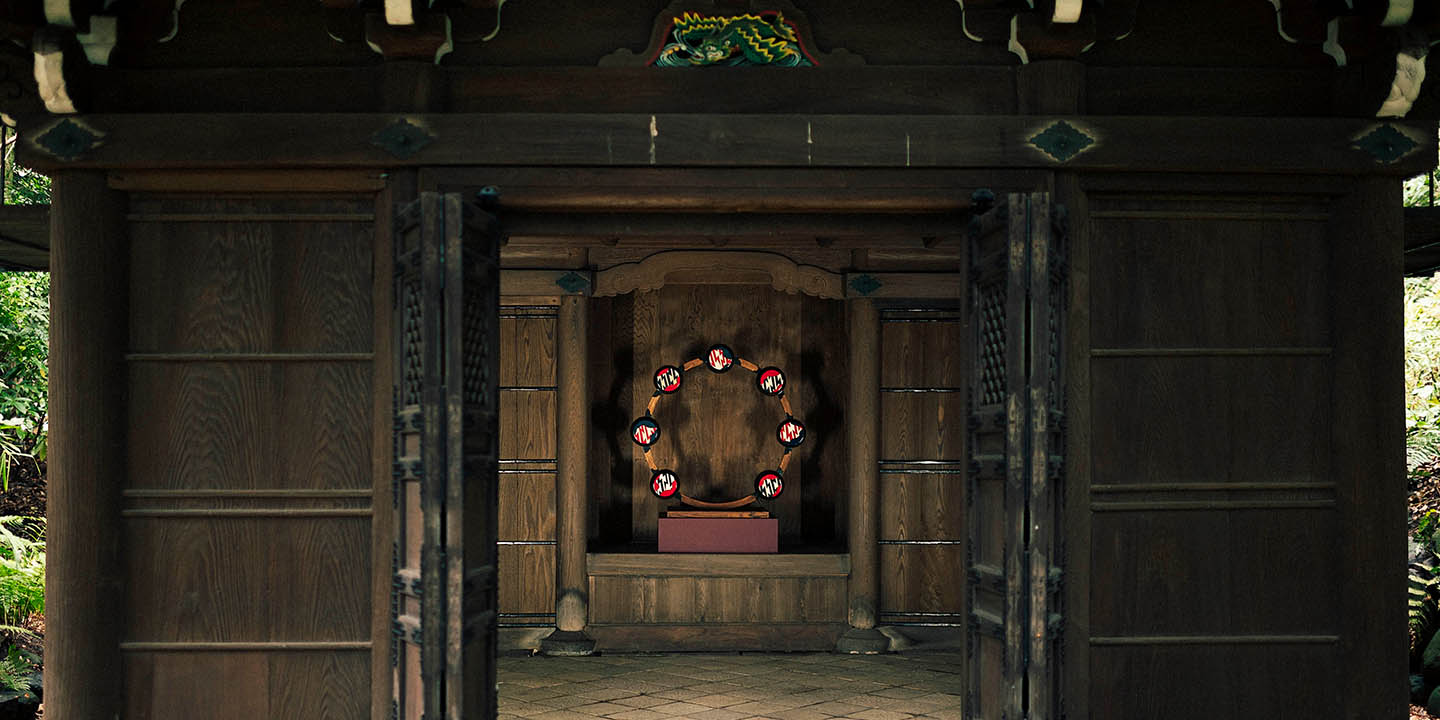
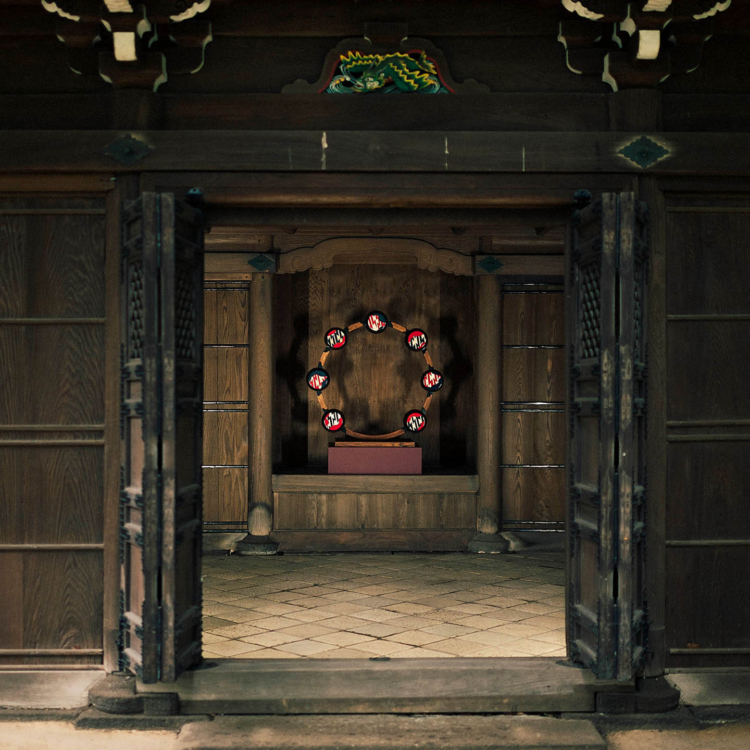
Taiko Drums that Shape Connections
2023.03.31
LIFE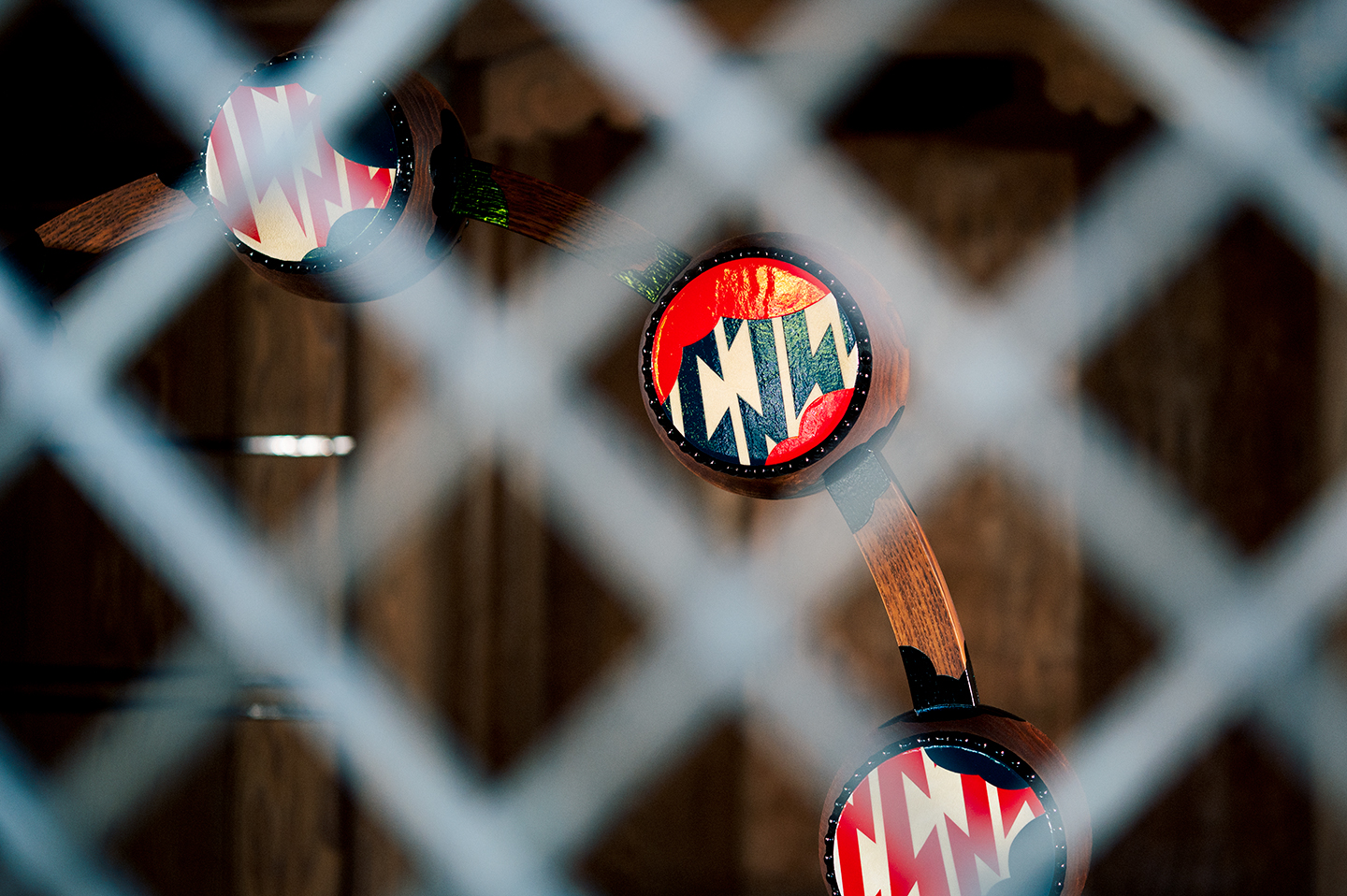
Since its creation in the late Edo period, over 150 years ago, Miyamoto Unosuke Shoten has continued to evolve in tandem with Japan’s festivals and traditional crafts.
During the early 1900s, it painstakingly crafted the musical instruments used in the funeral of Emperor Taisho.
It later went on to supply a set of eight-meter tall kaen daiko drums for use in the 1964 Tokyo Olympic Games.
In the late 1990s, the whole company worked as one to restore the three main mikoshi (portable shrines) of the Asakusa Shrine carried during the Sanja Festival.
Talking about the potential of taiko drums, Yoshihiko Miyamoto, president of Miyamoto Unosuke Shoten, said, “Taiko drums are, in a sense, a type of media. They are translators that can communicate across language barriers. Taiko drums have the power to shape the connections between people and nature, and the ties that connect people to each other.
Now that the pandemic is coming to an end, we are seeing a resumption of communication with people from overseas through the taiko drum. Miyamoto explains that when colleagues from taiko drumming schools in Asakusa, Yokohama, and Hakata come together, even members who have never met instantly warm to each other through their shared interest in taiko drums, creating an ever-growing community.
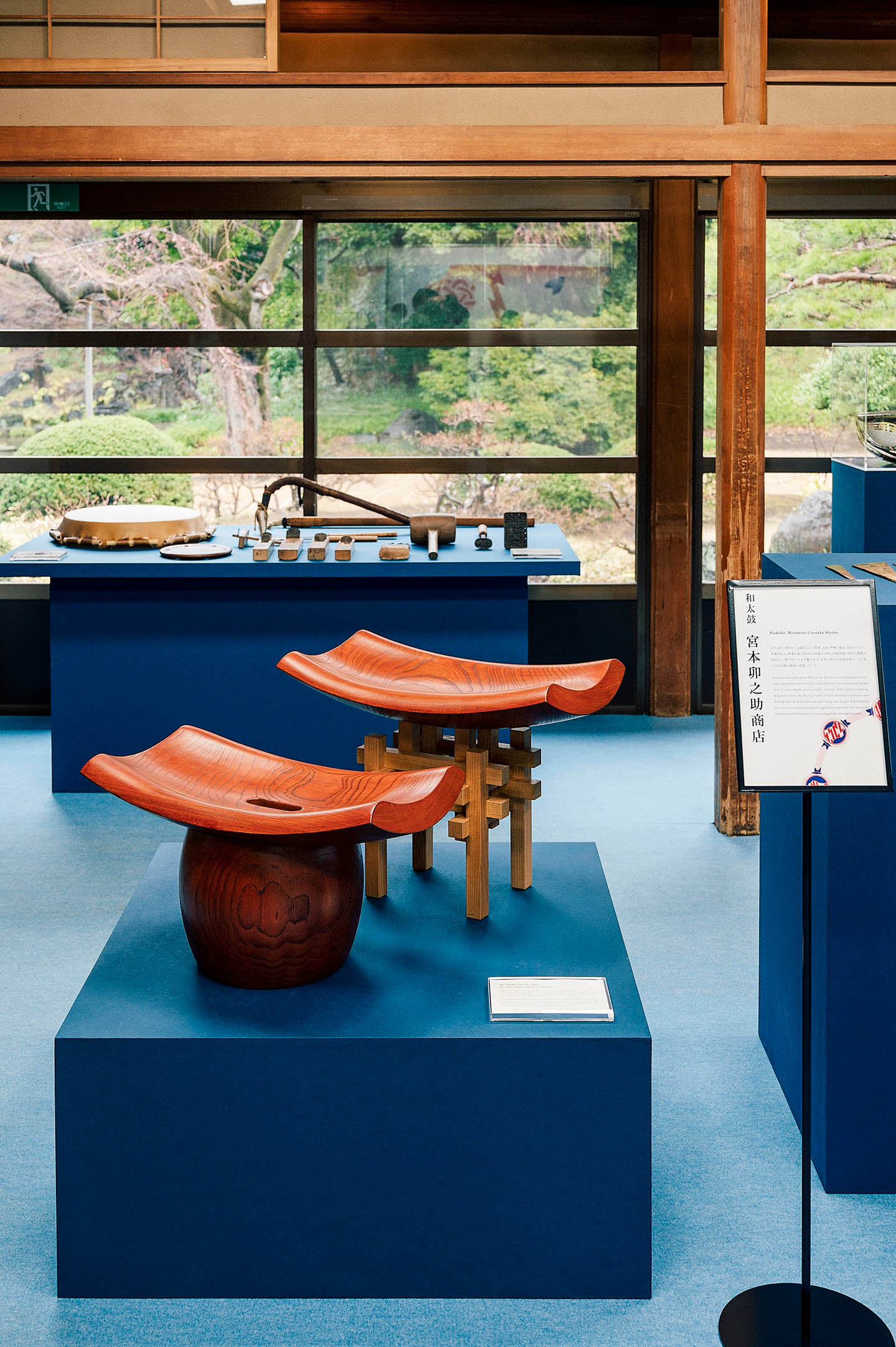
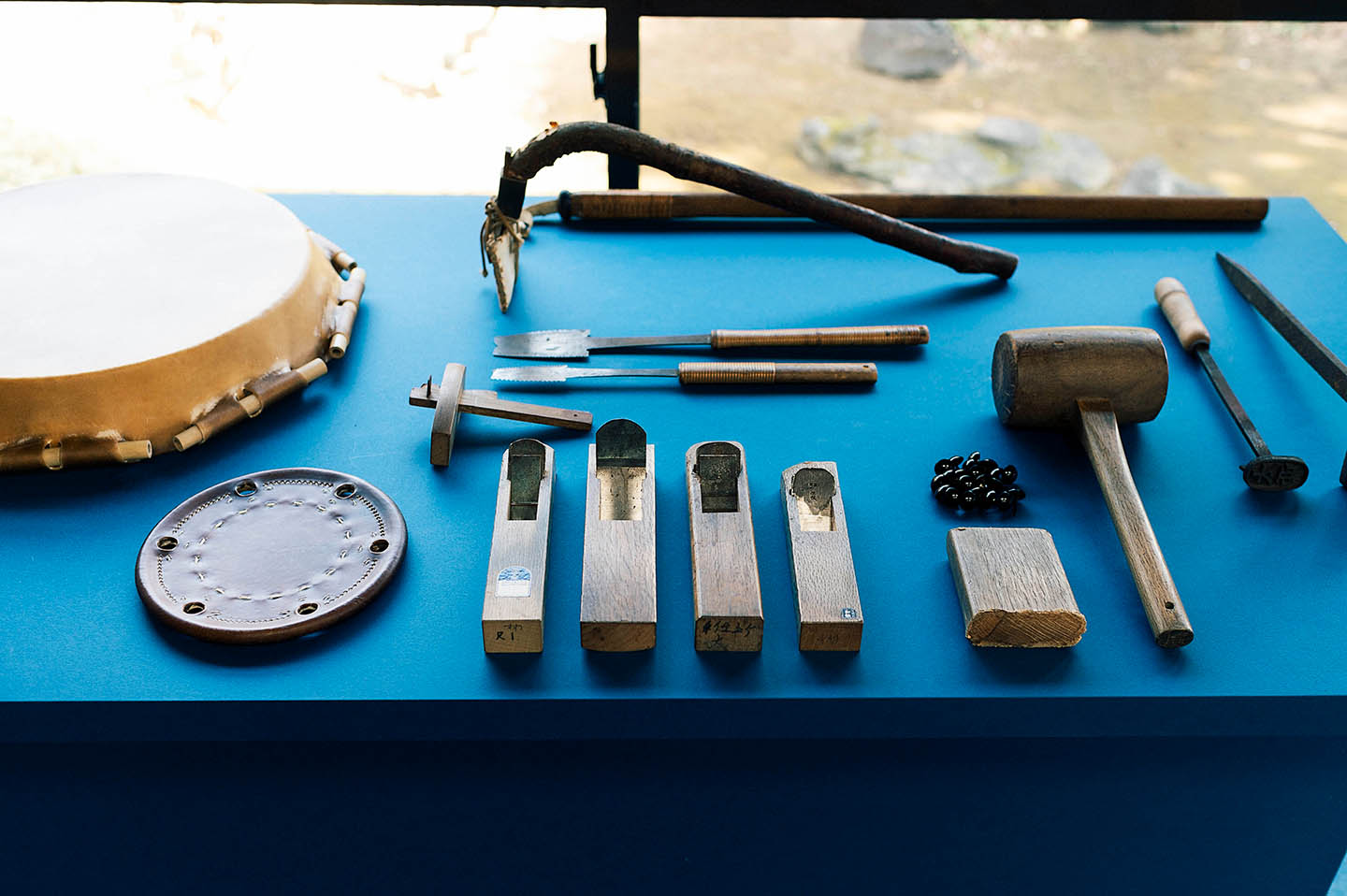
The Japanese people have used taiko drums for centuries to show respect to mother nature and to pray for protection and abundant harvests. In 2022, Miyamoto Unosuke Shoten went back to those roots by launching the “Echo-Logical Taiko” with the aim of engaging in sustainable manufacturing. The first stage of the project focused on cedar from Tokyo. In the second phase, the company is taking on the challenge of breathing new life into taiko drum bodies that were unfit for use in taiko production.
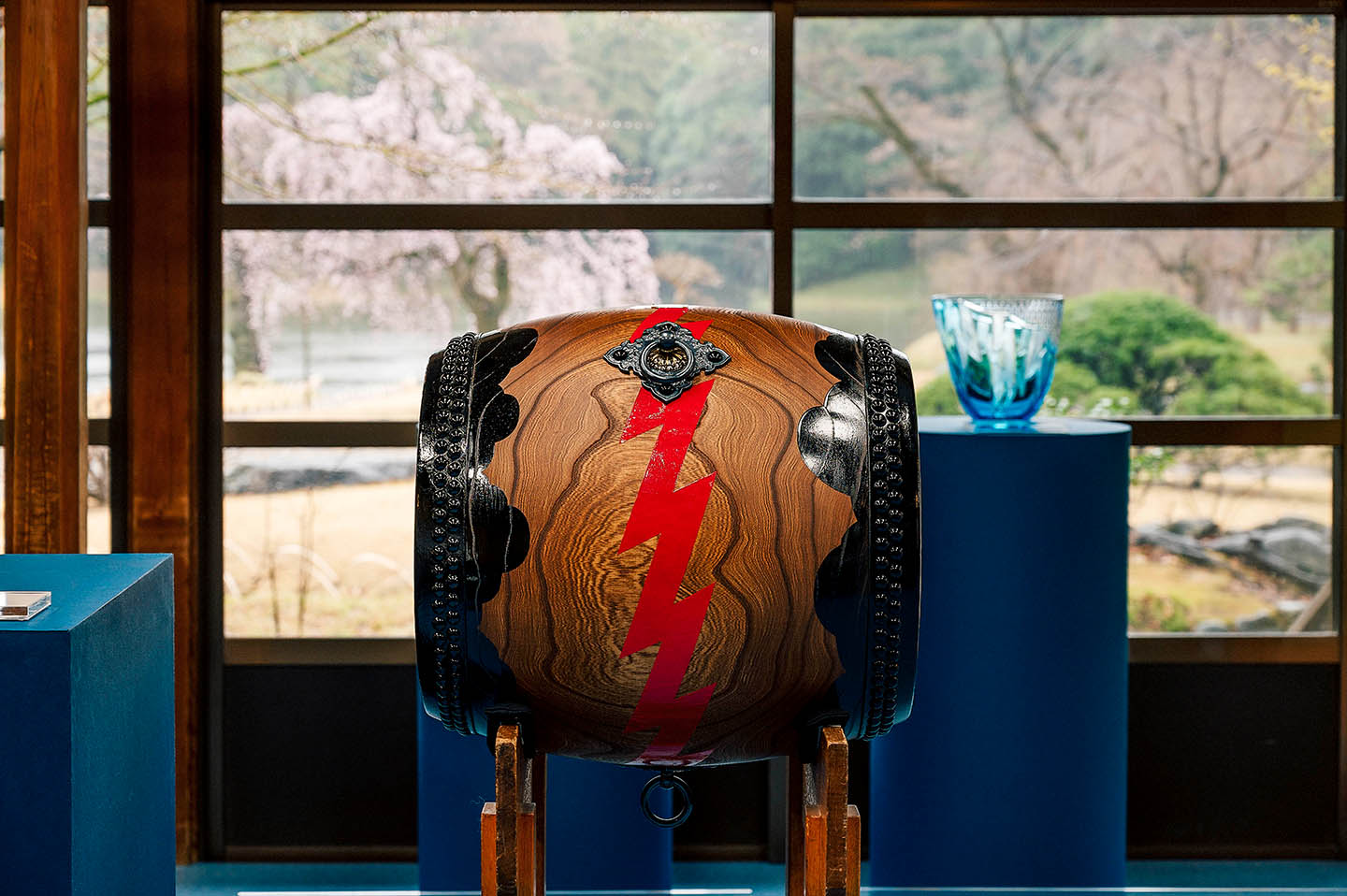
This was the inspiration behind last year’s collaboration with Noritaka Tatehana, in which it supplied taiko drums that lay unused in its workshop, without having been turned into completed products.
Like last year’s collaborative works, this year’s works were also a piece consisting of small connected drums, roughly 14 cm in diameter, called “gangu daiko,” or “toy drums,” evocative of the drums used by the god of thunder, and a colorfully painted “nagado” taiko drum.
Although the shapes of the pieces are the same as last year, there are some differences.
Last year, the drums were painted with acrylic paint, but this year Tatehana used cashew paint, which has a high resin content. This produces a unique luster and a warmer feel. Although the drums in this year’s exhibition will not actually be played, they were created to be both works of art and also usable instruments.
Last year’s nagado taiko drum piece was created from a drum that could not be used as a commercial product because of warping and cracking that had occurred during the drying process. This year, however, the nagado taiko piece was created with an eye toward actually playing it, so the drum was prepared using the same process that Miyamoto Unosuke Shoten uses to create the drums it sells. The differences are visible, and while last year’s piece had the rough finish of a drum before it is smoothed with a plane, this year’s nagado taiko drum has beautiful, smooth lines. When you look at it, you almost feel as if you could hear it.
Miyamoto discussed this year’s collaboration with Noritaka Tatehana, the second for Miyamoto Unosuke Shoten.
“This collaboration reaffirmed for me the importance of design. I enjoyed applying my ingenuity, which I felt helped free up my imagination. I think this project has expanded my horizons, enabling me to apply a broader range of approaches when taking on new challenges.”
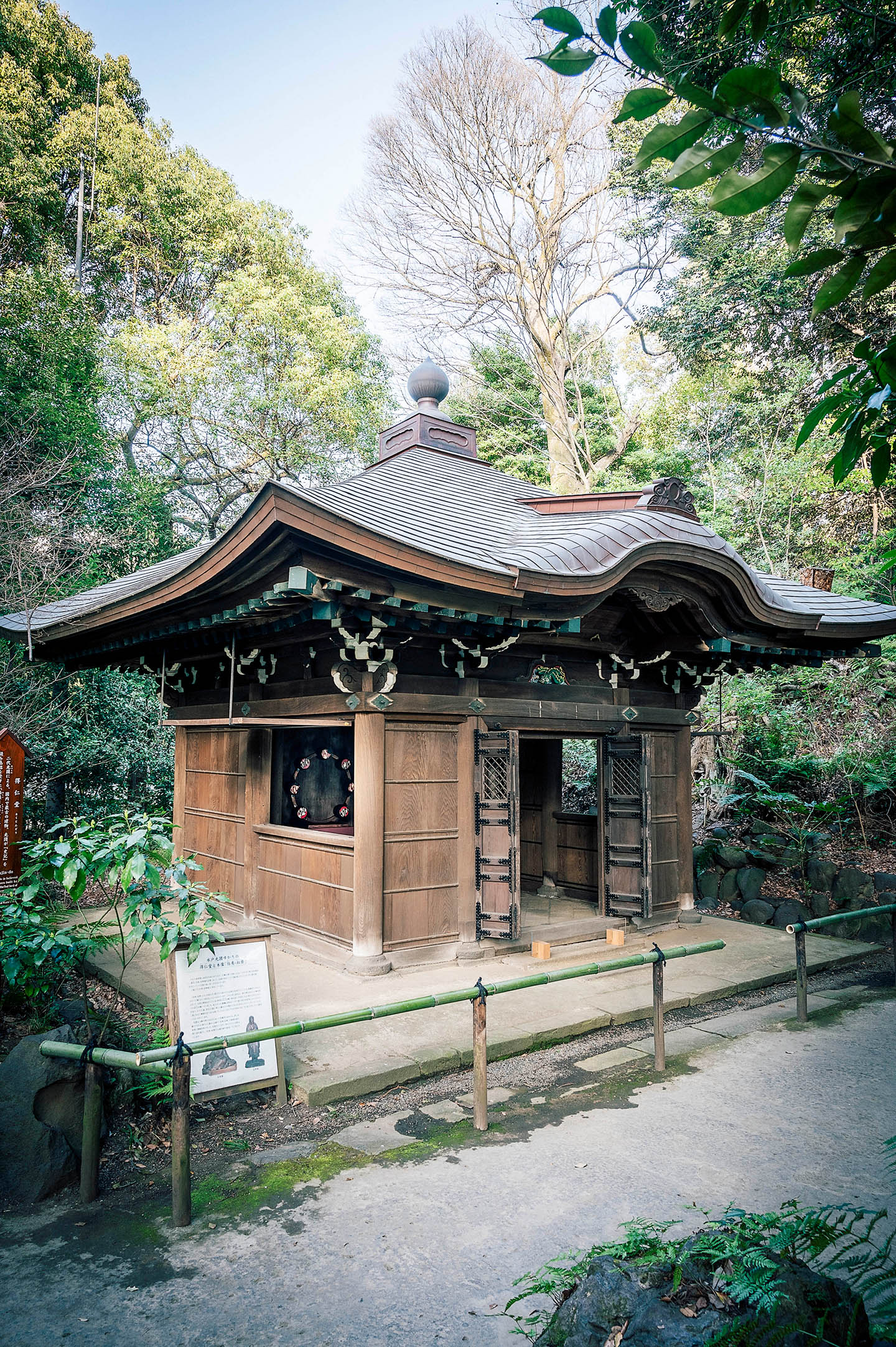
The “Raiko” made from gangu taiko drums, was shown in the Tokujin-do.
The Tokujin-do’s name comes from a historical episode involving Boyi and Shuqi, recounted in the “Biography of Boyi and Shuqi” within Sima Qian’s “Records of the Grand Historian.” In the story, Confucius said of them “They sought to act virtuously and they did so”. The building remained unharmed through the Great Kanto Earthquake and the war, and still stands today.
The exhibition space befits a work of art that likens the sound of thunder to the coming of the gods and represents the drums used by the gods of thunder. It has a dignified atmosphere, with limited natural lighting, allowing visitors to take in the feel and bright coloration of the works of art, purely and directly.
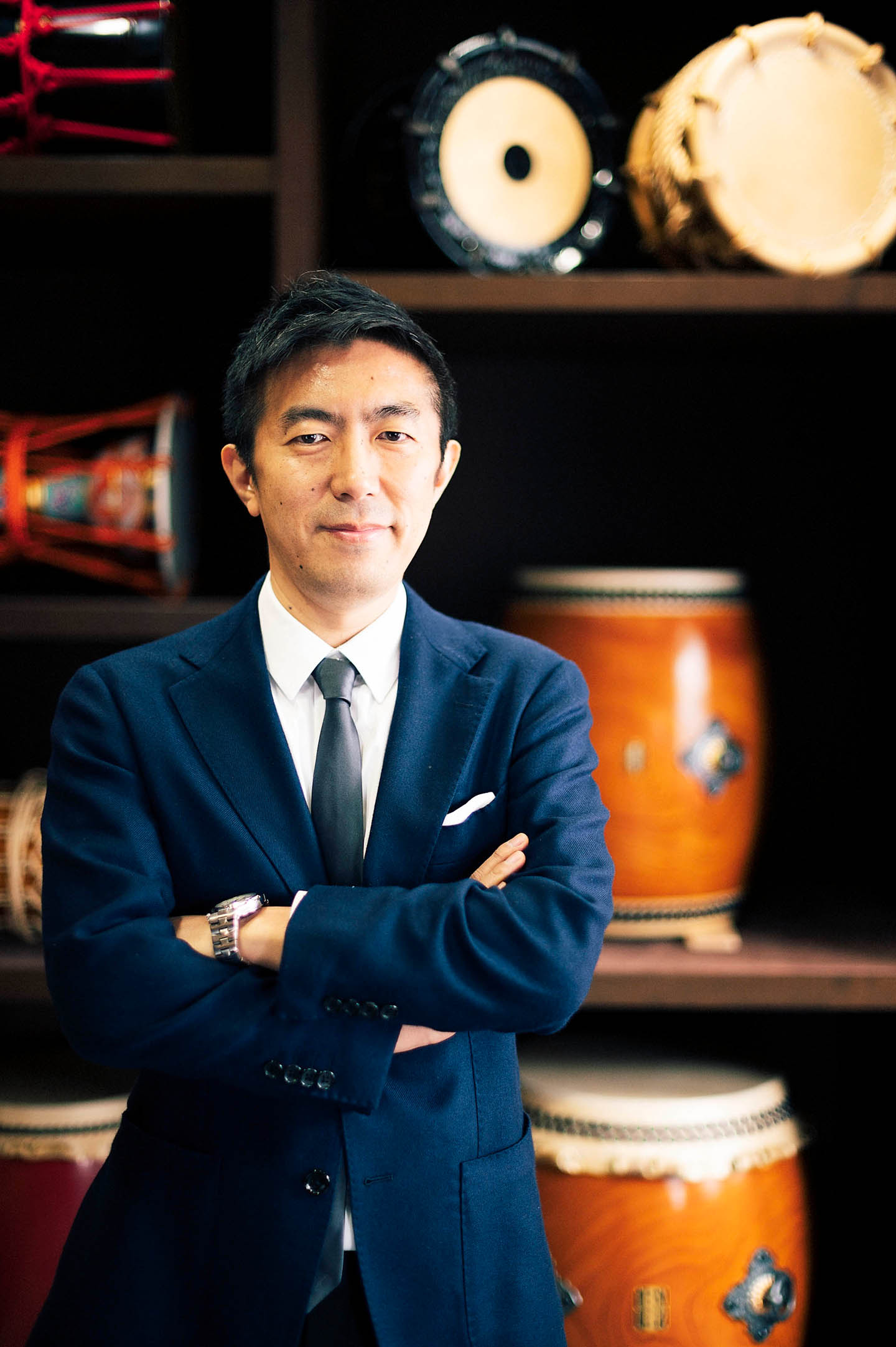
Photo by GION
Special Movie
Noritaka Tatehana x Wadaiko Miyamoto Unosuke Shoten
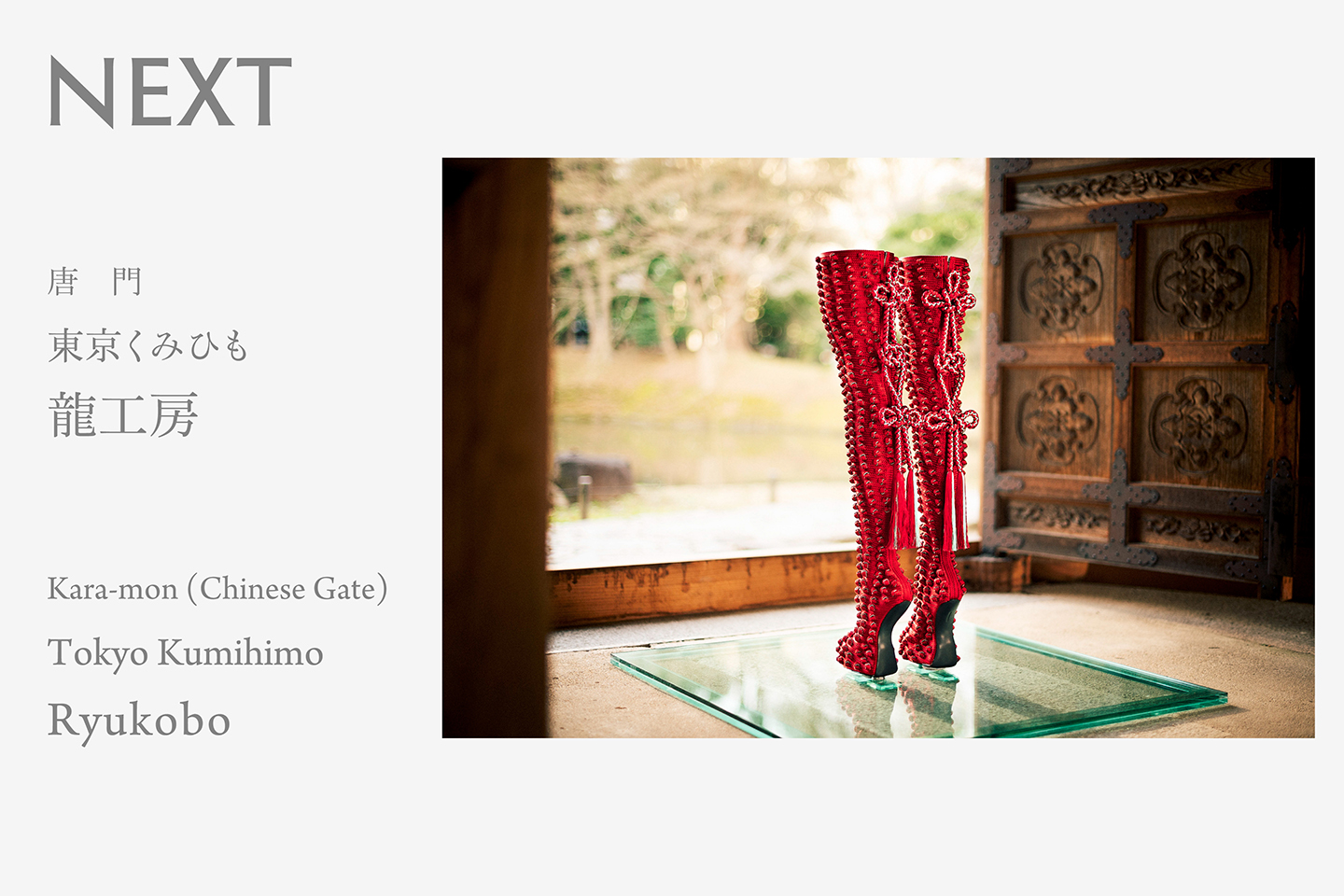
NEXT: 東京くみひも 龍工房 / Tokyo Kumihimo Ryukobo
https://en.edotokyokirari.jp/column/life/edotokyorethink2023-ryukobo/


